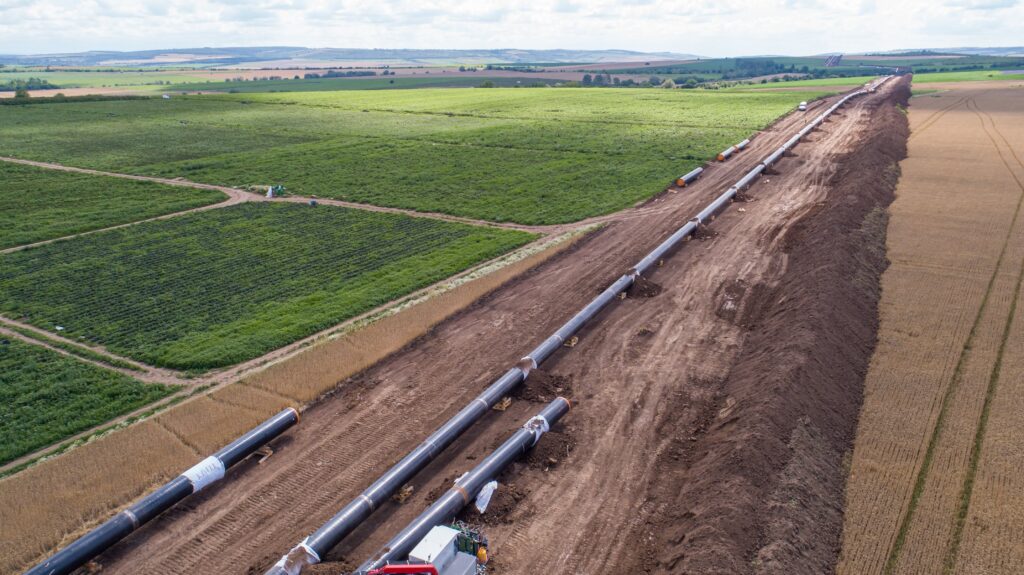Pipeline operations involve complex systems, high-risk materials, and extensive infrastructure. Ensuring these operations are safe, reliable, and compliant with federal standards is essential not only for legal adherence but for protecting workers, communities, and the environment. Strategic compliance practices allow operators to reduce risk, prevent incidents, and maintain operational integrity over the long term.
Understanding PHMSA Compliance
The Pipeline and Hazardous Materials Safety Administration, or PHMSA, sets the framework for safe pipeline operation across the United States. Compliance with PHMSA regulations is a cornerstone of risk management for pipeline operators. It involves meeting strict technical, operational, and reporting standards designed to prevent accidents, mitigate environmental impact, and ensure public safety. Achieving compliance is not a one-time effort but an ongoing commitment integrated into every stage of pipeline planning, construction, and operation.
How Compliance is Maintained
Pipeline safety is achieved through a combination of engineering rigor and consistent field execution. Several core practices form the foundation of effective compliance:
- Pipeline Digs and Inspections – Thorough evaluations of existing pipelines identify potential weaknesses, corrosion, or structural concerns. Regular inspections prevent minor issues from developing into major hazards.
- Compliance Audits – Operations and procedures are continuously reviewed against PHMSA standards to ensure every aspect of pipeline management meets regulatory expectations.
- Documentation and Reporting – Maintaining accurate, detailed records demonstrates adherence to regulations and provides transparency for regulators and stakeholders.
- Corrective Actions – When potential issues are discovered, immediate solutions are implemented to minimize risk and maintain compliance across all operations.
Consistent application of these practices ensures pipelines remain safe and legal while reinforcing operational reliability.
Applying Compliance Across Multiple Projects
Many operators manage multiple pipelines and projects simultaneously. Integrating compliance across these projects is essential to maintain high standards without slowing progress. A systematic approach includes:
- Standardized evaluation processes across all locations, ensuring each project meets the same rigorous criteria.
- Coordinated audits to identify trends, recurring risks, or gaps in practices across sites.
- Centralized documentation systems that streamline reporting to regulators and allow real-time monitoring of compliance status.
By embedding these processes into project management, companies maintain efficiency while guaranteeing that every pipeline project adheres to PHMSA regulations.
Real-World Example: The 24-Inch Manhattan Connection Project
A practical example of compliance being integrated into project planning is the 24-Inch Manhattan Connection in Will County, Illinois. AEDES supported Explorer Pipeline with preliminary engineering and cost estimating for a new 24-inch petroleum pipeline connecting a station in Peotone to a terminal facility in Manhattan, spanning approximately 15 miles.
From the outset, route selection, construction considerations, environmental evaluations, and permitting requirements were assessed with regulatory and safety standards in mind. AEDES also developed a detailed implementation schedule, providing a roadmap that tied compliance milestones directly into planning and execution support.
This proactive approach helped ensure that engineering decisions, cost forecasts, and permitting processes were aligned early, minimizing risk and laying the groundwork for efficient project delivery.
The Impact of Rigorous Compliance
Pipeline safety is not optional. Operators who invest in structured compliance practices reduce operational risk, meet federal requirements, and protect both personnel and surrounding communities. Strong compliance processes also enhance operational predictability, allowing teams to execute projects efficiently while maintaining safety. By integrating regulatory standards into every aspect of pipeline operations, companies build systems that are safe, reliable, and prepared for future challenges.
Ensuring pipeline safety requires more than adherence to regulations. It demands a disciplined, consistent approach that combines engineering excellence, field expertise, and rigorous documentation. PHMSA compliance is a foundation that allows operators to manage risk, protect communities, and maintain operational integrity. Projects like the Manhattan Connection demonstrate how early, integrated compliance planning drives safer, more efficient outcomes. For pipeline operators, safety and regulatory alignment are the keys to sustainable, responsible growth in an industry where reliability is non-negotiable.

